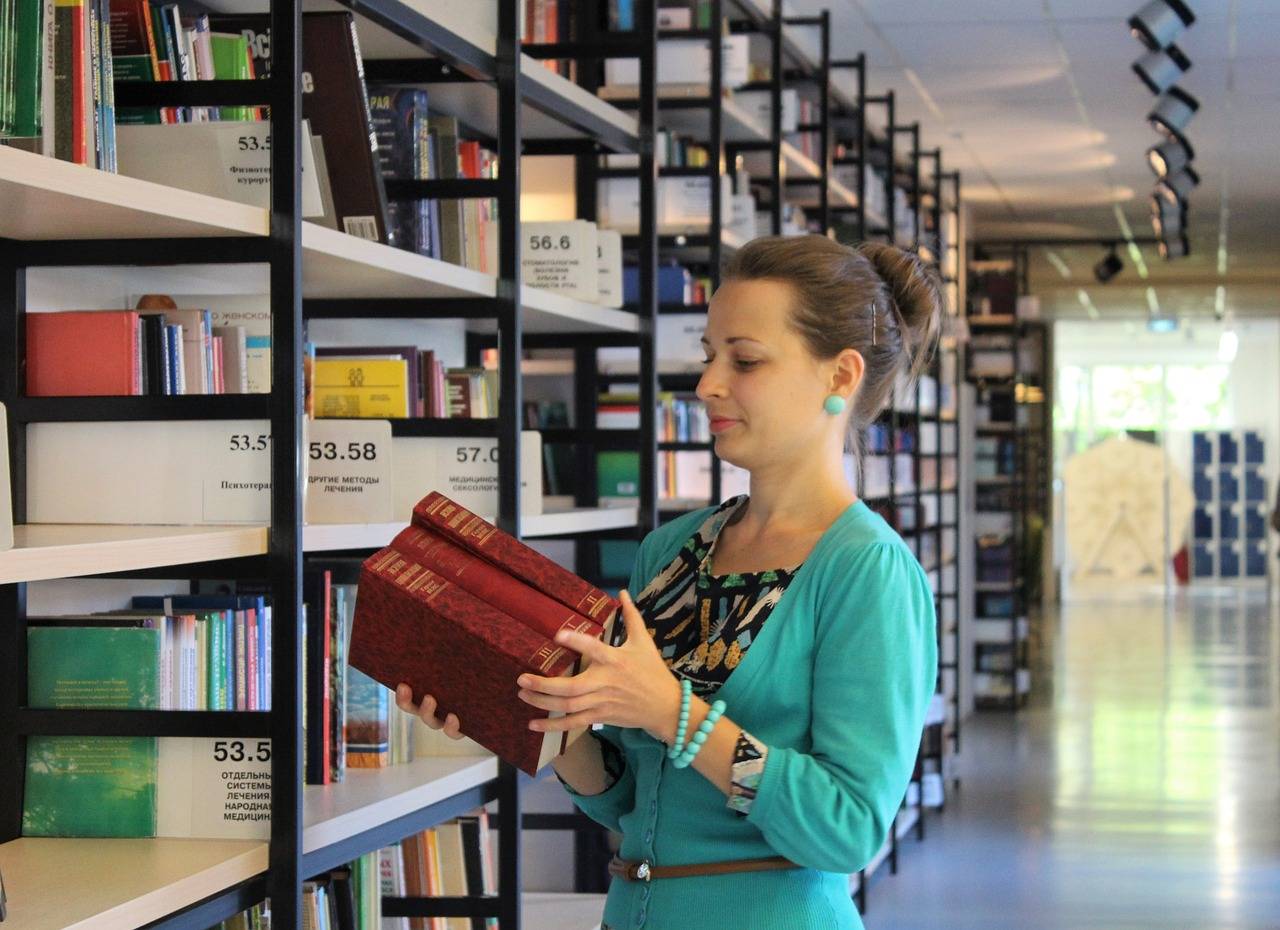Building a Strong School Culture
Shared values and beliefs play a crucial role in creating a cohesive and harmonious community within any organization. When individuals align on core values and beliefs, it fosters a sense of unity and belonging among them. This shared foundation provides a framework for decision-making, problem-solving, and building a collective identity that drives the organization forward.
In educational settings, having shared values and beliefs among staff and students establishes a common purpose and direction. It creates a supportive environment where everyone feels respected, understood, and valued. This shared understanding enhances communication, collaboration, and teamwork, ultimately leading to improved academic outcomes and overall well-being for all members of the educational community.
Fostering Positive Relationships Among Staff and Students
Building positive relationships among staff and students is essential in creating a harmonious and supportive environment within educational institutions. When there is mutual respect and understanding between all members of the school community, it fosters a sense of belonging and unity. This, in turn, enhances the overall morale and productivity of both students and staff.
Effective communication plays a pivotal role in cultivating positive relationships within the school setting. Open and transparent communication channels allow for the free exchange of ideas and feedback, facilitating collaboration and problem-solving. By encouraging active listening and empathy, conflicts can be resolved constructively, leading to a more cohesive and cooperative school environment.
How can shared values and beliefs contribute to positive relationships among staff and students?
Shared values and beliefs create a common ground for understanding and communication, fostering a sense of unity and collaboration among staff and students.
What are some strategies for fostering positive relationships among staff and students?
Some strategies include open communication, mutual respect, team-building activities, and creating a supportive and inclusive environment.
Why is it important to prioritize positive relationships in educational settings?
Positive relationships contribute to a positive work and learning environment, leading to increased motivation, engagement, and overall well-being for both staff and students.
How can conflicts be resolved in a way that maintains positive relationships among staff and students?
Conflict resolution strategies such as active listening, empathy, and compromise can help address conflicts in a constructive manner, preserving positive relationships.
What role does leadership play in fostering positive relationships among staff and students?
Strong leadership that exemplifies and encourages positive relationships sets the tone for the entire school community, promoting a culture of respect, collaboration, and support.





